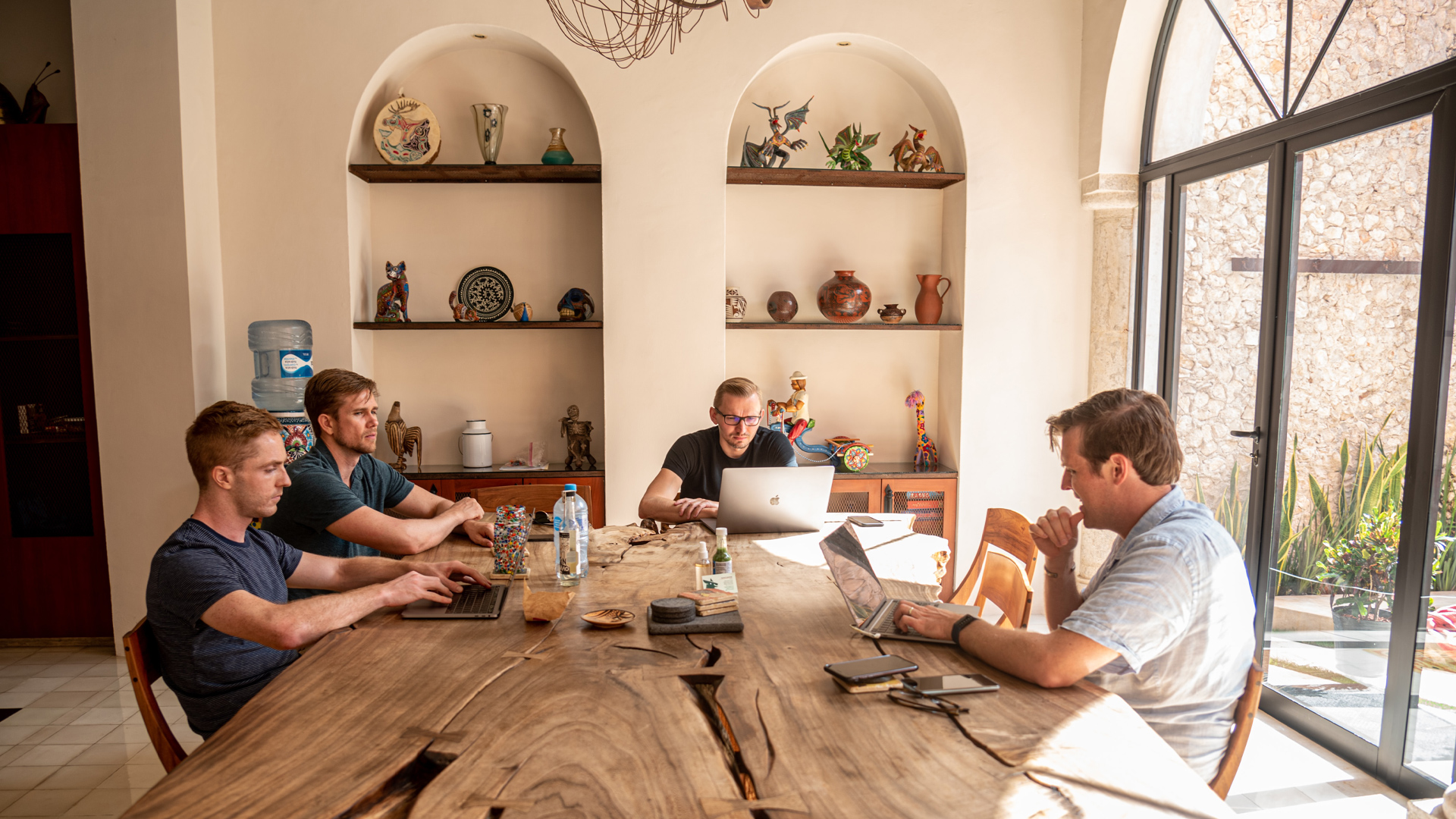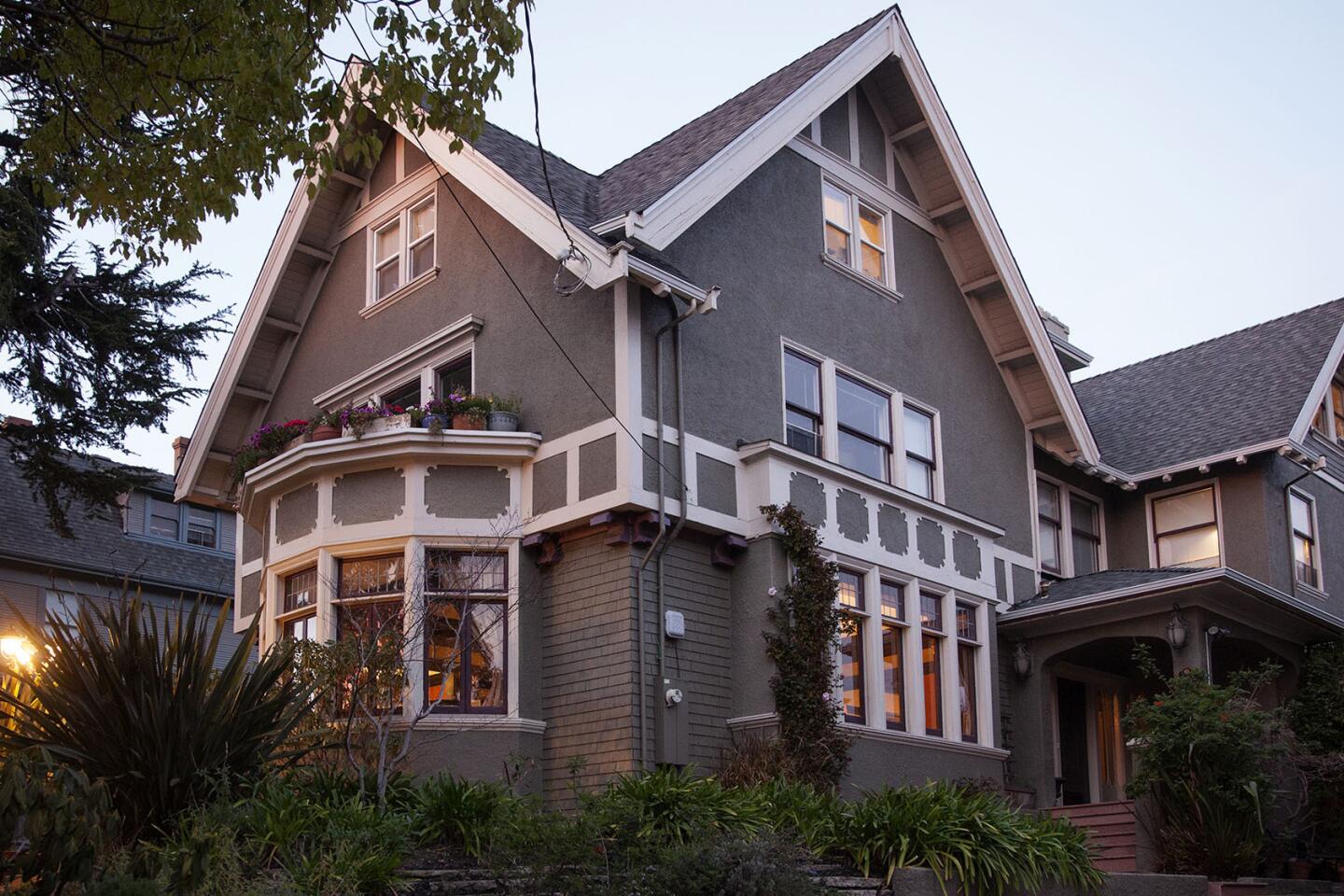Do you think city life needs to be expensive? With rents so costly in cities like New York, San Francisco, and Chicago, metropolitan living may seem out of reach. But here's the good news: we can help you make it possible, simple, and stress-free to locate stunning shared living spaces in the most interesting locations. It's called co-living. This is how it works!
What is Co-living?
Co-living is a form of communal living where individuals rent private bedrooms in shared living spaces like houses or apartments. It offers a more affordable alternative to traditional city living. Residents share common areas like kitchens, living rooms, and amenities. However, each person has a private bedroom and bathroom. This unique home rental has taken off more in cities like Berlin and Copenhagen but is now catching on more in the US, especially in high-cost areas like the Bay Area. Factors fueling co-living include rising housing costs, student loan debt, desire for flexible living options, changing family structures, and increases in remote work which blurs the lines between living and working.

There is a profound sense of satisfaction in engaging in communal dining and exchanging anecdotes with the people in your vicinity. Through contemporary co-living arrangements, these experiences are consistently within reach. Moreover, there exists a dedicated personal area specifically designed for relaxation and contemplation. In essence, it combines the advantages of both scenarios, creating an ideal living environment.
Different Types of Co-living
- Traditional shared housing involves friends, acquaintances, or strangers signing a lease together and informally sharing the responsibilities of renting or owning a place. Each person typically has their room, and they share common areas such as the kitchen, living room, and bathroom.

- Co-operative housing, or co-op, goes a step further by embracing a democratic style of decision-making and leadership. In a co-op, residents share not only the living space but also the responsibilities of cooking, cleaning, and other chores. Everyone has a say in the decisions affecting the community.
- Co-housing takes shared housing to another level by providing separate homes for individuals or families. These homes are clustered around a community center or shared facilities, fostering a sense of community while still allowing for privacy and individual living spaces.

- Dorm-style living resembles a traditional dormitory or hostel, where individuals have their rooms but share common areas with other residents.

- Coliving retreats offer more than just a place to live. They bring together like-minded individuals who work towards a common goal, such as art, engineering, or activism. These retreats foster collaboration, networking, and a sense of community among residents.

What Makes Co-living So Popular?
Co-living is a trend that's sweeping the housing market, and for good reason. It offers a plethora of benefits that can transform your living experience into something truly extraordinary. Short-term leases and furnished spaces provide flexibility for individuals who seek mobility and convenience. Co-living fosters a sense of community and social interaction, allowing residents to form meaningful connections and friendships. Community events and shared amenities create a supportive and engaging environment.

Furthermore, co-living reduces isolation, particularly for newcomers or those living away from family, by providing regular social interaction. The shared responsibility of tasks like cleaning and maintenance alleviates burdens and allows individuals to focus on other aspects of their lives. Co-living represents a housing alternative that combines affordability, flexibility, and a sense of belonging, appealing to a wide range of individuals.
Benefits of Co-living
By sharing living spaces, costs are split, leaving you with more money for the things you love. Co-living creates an instant support system, fostering lasting friendships and memorable experiences. Forget about furniture shopping and mundane chores – co-living spaces come fully furnished with amenities like cleaning services and high-speed internet. Loneliness becomes a thing of the past as you immerse yourself in a social environment filled with game nights and meaningful conversations. With shared responsibilities, you'll have more time for your passions. Co-living is also a sustainable choice, promoting eco-friendly living!
Top 5 Co-living Spaces in The US
When it comes to identifying promising places to rent co-housing, several factors need to be considered, including the availability of co-housing communities, affordability, quality of life, and access to amenities. Here in the US, we can suggest, from rustic retreat-style lodges to sleek city center quarters, these are five of the most popular co-living schemes in the US:
- Ollie in New York offers stylish, hotel-like studios in Manhattan, Brooklyn, Queens, and Boston starting at around $2,300/month all-inclusive.
/cdn.vox-cdn.com/uploads/chorus_image/image/54671777/Northern_Blvd_Party_Room.1494256942.jpeg)
- The Forge in Portland is a large co-living/co-working house with communal areas and rooms from $750-925/month.

- Common has properties in several major cities with consistent, data-driven design and flat $1,650/month rent.

- Euclid Manor in Oakland focuses on community and creative projects, renting rooms for $1,300 and up.

- The L in Chicago's Logan Square offers modern apartments and communal spaces renting studios from $695-2,125/month.

The Future of Co-living Spaces
Emerging trends in co-living include specialization for different demographic groups, integration of smart home technologies, sustainability focuses, and hybrid models that blend co-living with traditional apartments.
Challenges include zoning regulations that may restrict development ensuring affordability and preventing gentrification. Opportunities include contributing to urban vibrancy through diverse communities and local business support.

The future of co-living is flexible and evolving, driven by demographics, economics, and connection. If inclusivity, sustainability, and innovative solutions are prioritized, co-living can become a mainstream housing option offering shared community experiences beyond just shared walls.





